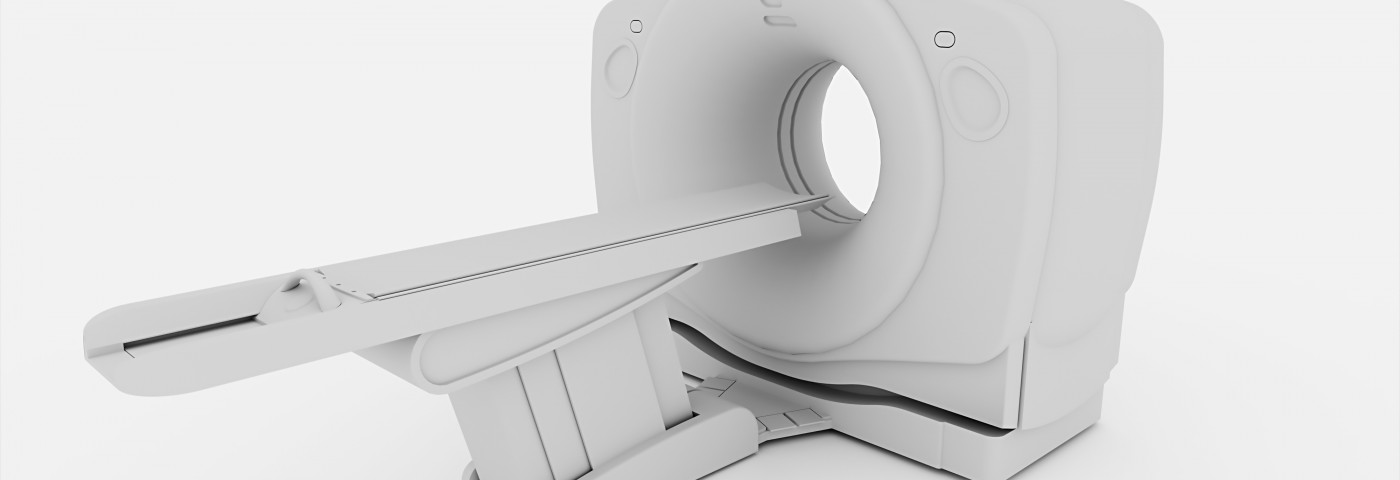Thomas Jefferson University researchers say their method of using positron emission tomography (PET) to image the prostate appears to be much better at identifying both prostate cancer and benign prostatic hyperplasia (BPH) than any other technique currently in use.
The study, “VPAC1 Targeted 64Cu-TP3805 Positron Emission Tomography Imaging of Prostate Cancer: Preliminary Evaluation in Man,” was published in the journal Urology.
Every participant who enrolled in the study had opted for a radical prostatectomy – a total removal of the prostate – and agreed to the new noninvasive PET imaging test before their surgery. After the operation, a pathological exam investigated the removed prostates and compared the results.
A press release reports that the imaging test – which included 25 patients – was better at detecting cancers in the prostate than a pathologist examining the prostate after it had been removed. The imaging test identified 105 of 107 cancers found in pathological exams, as well as nine lesions that the pathologist did not find.
“There is a critical need for an accurate method to detect and stage prostate cancer so that the disease can be precisely managed,” senior investigator Mathew Thakur, Ph.D., said in a press release. “We believe this method has that potential.”
“Current tests now used are inexact because they all require an invasive biopsy, and these costly biopsies — which have the potential for complications — can miss 66 percent of cancers,” Thakur said. “It is hard to believe that hundreds of thousands of patients in the U.S. have been relying on biopsies to dictate their treatment when two-thirds of these tests do not accurately reflect what is happening inside the prostate.”
The PET imaging technique uses a newly developed substance – 64Cu-TP3805 – that, when injected into the bloodstream, finds its way to cancer cells in the prostate. The substance binds to receptors found on cells that have turned cancerous. PET imaging can thereafter be used to visualize the cells.
The substance is safe due to a rapid decay, and Thakur says in the release that it has a lower whole-body radiation risk than a CT scan.
The prostate is the size of a ping-pong ball, and the cancer grows like seeds, not in substantial lumps, Thakur said. “Physicians cannot see where these small seeds are, so the gold standard is to take 12 biopsy samples of tissue in hopes of detecting whatever cancer exists. It is easy to see how that procedure doesn’t work as well as we would like,” he said.
The technique can differentiate between cancerous cells and BPH, reducing the need for further testing in BPH patients. “The VPAC1 receptors appear before the cell changes its microscopic appearance, so our imaging test can find them when pathologists may not be able to detect them,” Thakur said.

